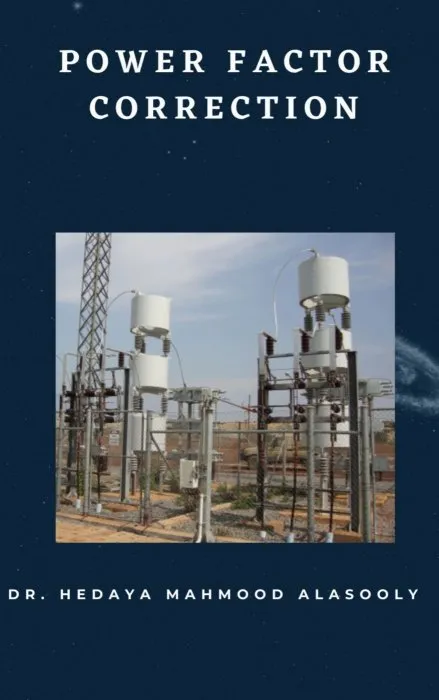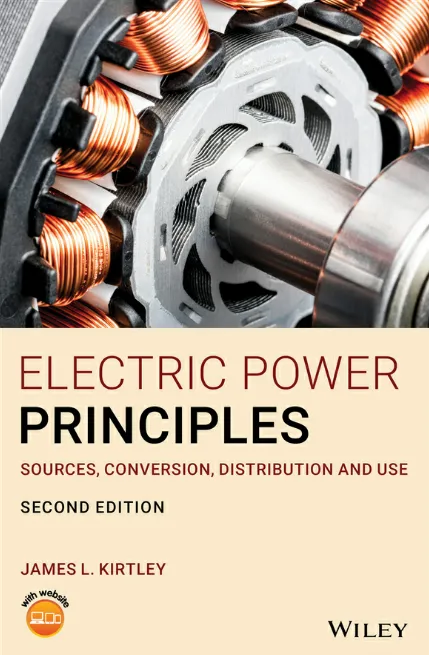Power Factor Correction

Date: August 9th, 2020
ISBN: 3748753039
Language: English
Number of pages: 107 pages
Format: EPUB
Add favorites
Power systems have two components of apparent power: active and reactive power. Both components are necessary for functioning of electrical systems. The active power is the average power absorbed by the resistive load. The reactive power is the measure of energy exchange between the source and reactive power of load. Energy storage devices do not dissipate or supply power, but exchange power with the rest of system.
Active power is the one that is converted to other forms of energy in the load yet reactive power is only responsible for magnetizing purposes. Power factor is a ratio depicting how much of the power supplied is real. The reactive current contribute in the value of the overall magnitude of current in transmission lines causing unnecessarily high line currents and low power factor.
Since a low power factor means higher amount of apparent power need to be supplied by the utility company, thus the company must also use bigger generators, large transformers and thicker transmission/distribution lines. This requires a higher capital expenditure and operational cost which usually result in the cost being passed to the consumer.
In this research, we seek to identify the effects of a low power factor on Swaziland Electricity Company's power supply system and recommend possible solutions to the problem. The results are useful in determining how to optimally deliver power to a load at a power factor that is reasonably close to unity, thus reducing the utility's operational costs while increasing the quality of the service being supplied.
Active power is the one that is converted to other forms of energy in the load yet reactive power is only responsible for magnetizing purposes. Power factor is a ratio depicting how much of the power supplied is real. The reactive current contribute in the value of the overall magnitude of current in transmission lines causing unnecessarily high line currents and low power factor.
Since a low power factor means higher amount of apparent power need to be supplied by the utility company, thus the company must also use bigger generators, large transformers and thicker transmission/distribution lines. This requires a higher capital expenditure and operational cost which usually result in the cost being passed to the consumer.
In this research, we seek to identify the effects of a low power factor on Swaziland Electricity Company's power supply system and recommend possible solutions to the problem. The results are useful in determining how to optimally deliver power to a load at a power factor that is reasonably close to unity, thus reducing the utility's operational costs while increasing the quality of the service being supplied.
Download Power Factor Correction
Similar books
Information
Users of Guests are not allowed to comment this publication.
Users of Guests are not allowed to comment this publication.




